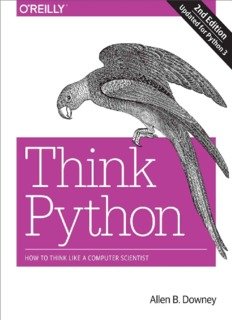Описание
«Modeling Structured Finance Cash Flows with Microsoft Excel» authored by Keith A. Allman is an indispensable resource for finance professionals seeking to master the intricacies of structured finance modeling using the ubiquitous tool, Microsoft Excel. Allman’s expertise in finance and his proficiency with Excel converge in this comprehensive guide, offering a thorough exploration of the principles and practices underpinning structured finance cash flow modeling.
Книга служит дорожной картой для преодоления сложностей структурированных финансовых операций: от обеспеченных долговых обязательств (CDO) до ценных бумаг, обеспеченных активами (ABS) и других. Оллман начинает с закладки прочной основы, разъяснения фундаментальных финансовых концепций и методов Excel, необходимых для эффективного моделирования.
Что отличает работу Оллмана, так это ее практический подход. Вместо того, чтобы загружать читателей абстрактной теорией, он сосредотачивается на том, чтобы вооружить их реальными навыками и методами, которые можно немедленно применить в реальных сценариях. С помощью пошаговых руководств и практических упражнений читатели учатся создавать надежные модели Excel, которые точно отражают динамику денежных потоков различных инструментов структурированного финансирования.
Внимание Оллмана к деталям проявляется на протяжении всей книги, поскольку он тщательно проводит читателей на каждом этапе процесса моделирования, от сбора и структурирования данных до анализа сценариев и стресс-тестирования. Тематические исследования и примеры из реальной жизни еще больше подкрепляют ключевые концепции, предоставляя ценную информацию о нюансах моделирования структурированного финансирования.
Более того, Оллман признает динамичный характер финансовой отрасли и развивающуюся нормативно-правовую базу. Он исследует лучшие практики включения нормативных требований и стандартов бухгалтерского учета в финансовые модели, обеспечивая их соответствие и точность.
Whether you’re a seasoned finance professional looking to enhance your modeling skills or a newcomer seeking to break into the field, «Modeling Structured Finance Cash Flows with Microsoft Excel» offers a comprehensive and practical guide to mastering the art of structured finance modeling. With Allman as your guide, you’ll gain the confidence and expertise needed to excel in this complex and rewarding domain.








Отзывы
Отзывов пока нет.